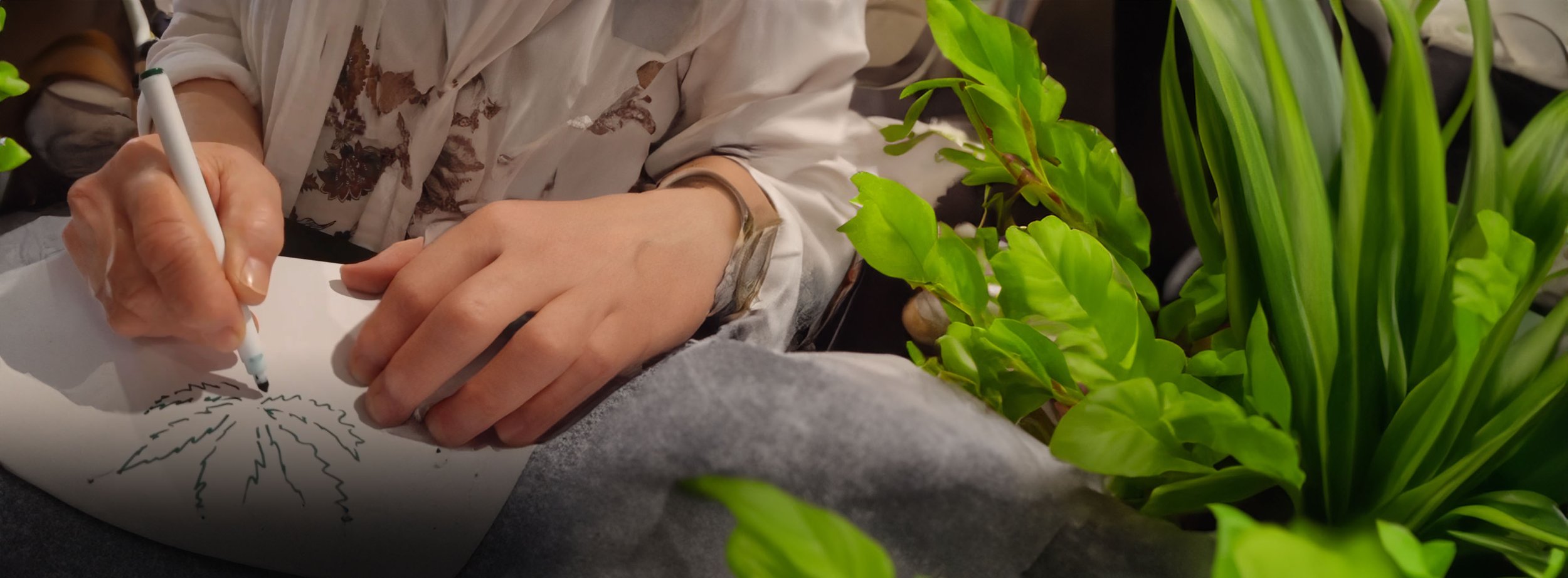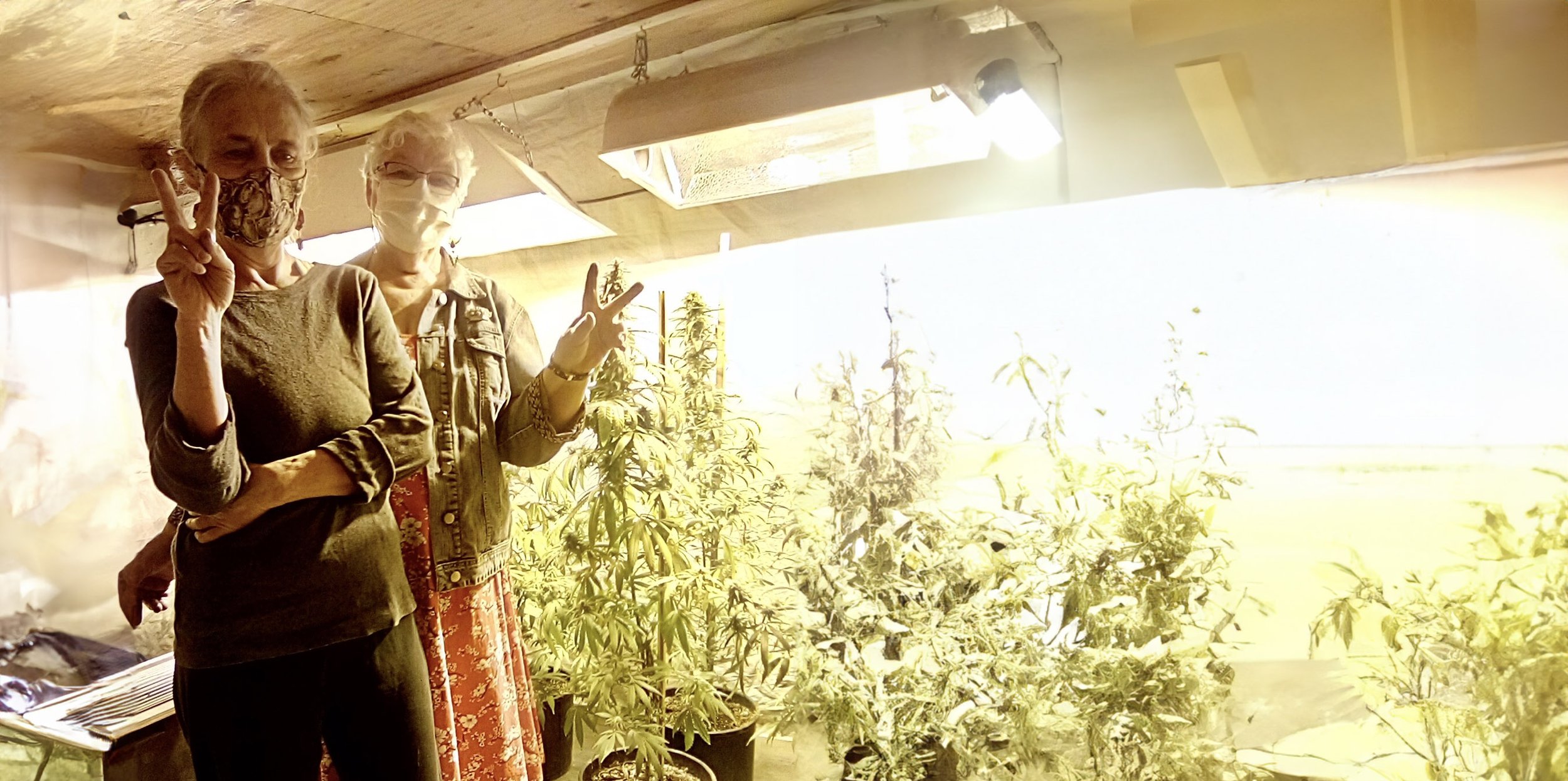
Women Growing Older with Cannabis
Participant Art & Words
Our Creative Approach
to Participatory Research
Our research team shared a commitment to gather the knowledge and perspectives of participants who have typically been excluded and disengaged from cannabis related research. WttW supported the involvement of pregnant and breast/chestfeeding individuals who consume cannabis at all stages of the research in their roles as co- investigators, collaborators, and community research associates (CRAs) and as project participants.
As a framework for research, Feminist Participatory Art/Action Research (FPAR) was chosen for its potential to draw upon participants creative intelligences, develop knowledge through artistically expressive forms and generate the kind of empathy, curiosity and attention that renders action possible (Clover, 2011; Frisby et al., 2009; Ponic et al., 2010
The Cellphilm Method
The Cellphilm method invites participants to engage in the creation of videos using readily available mobile technologies (e.g. cellphone or tablet), with the goal of fostering community-based dialogue and social change. It also allows the researcher to recognize and understand the videos that participants make as they attempt to express their questions, thoughts and experiences.
Jonathan Dockney and Keyan Tomaselli theorized the Cellphilm through their work in South Africa and coined the term Cellphilm by combining the words cellphone and film to describe the combination of multiple communication technologies in one device. Cellphones and other ‘everyday technologies’ such tablets and other hand-held devices are often readily available and accessible to diverse populations, which supports greater meaningful engagement in creative approaches to participatory research.
PhotoVoice
As a process for engaging in research, Photovoice involves participants creating photographs as a means of documenting and reflecting upon everyday experiences, knowledges and perceptions. It is grounded in an iterative process of coming together with a group of participants to share and discuss photographs, and collectively consider personal, systemic and community-orientated forms of social change.
Photovoice as a method allows the researcher to recognize and understand the photographic choices that participants make as they attempt to express their questions, thoughts and experiences.













